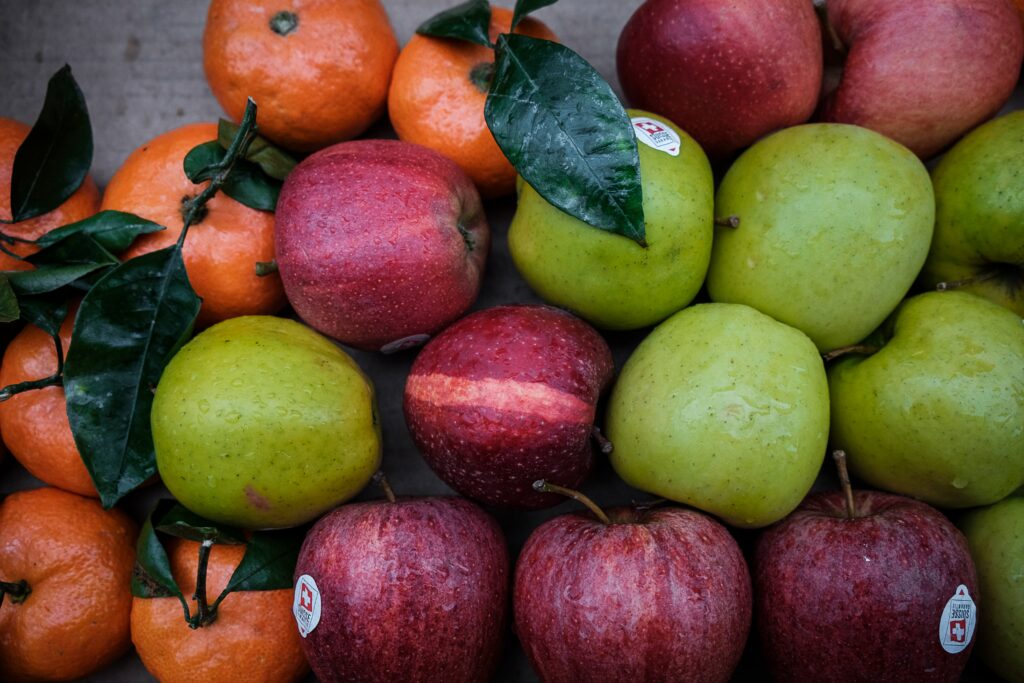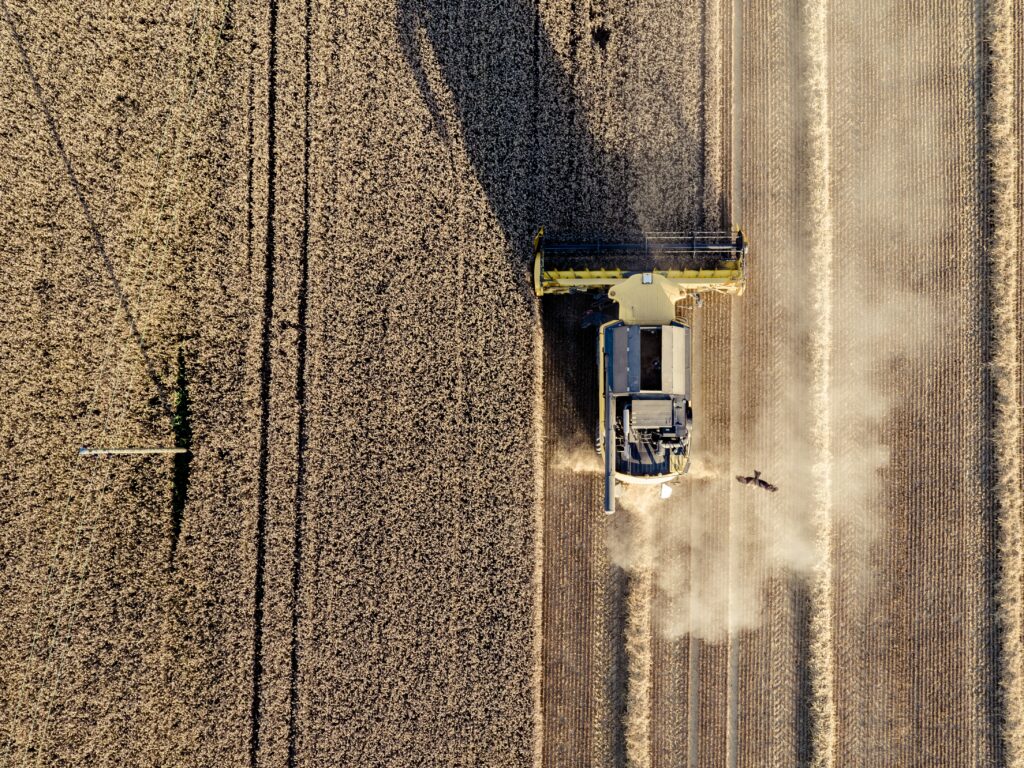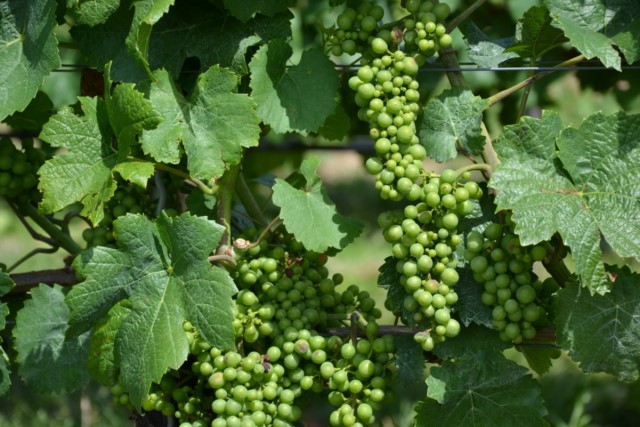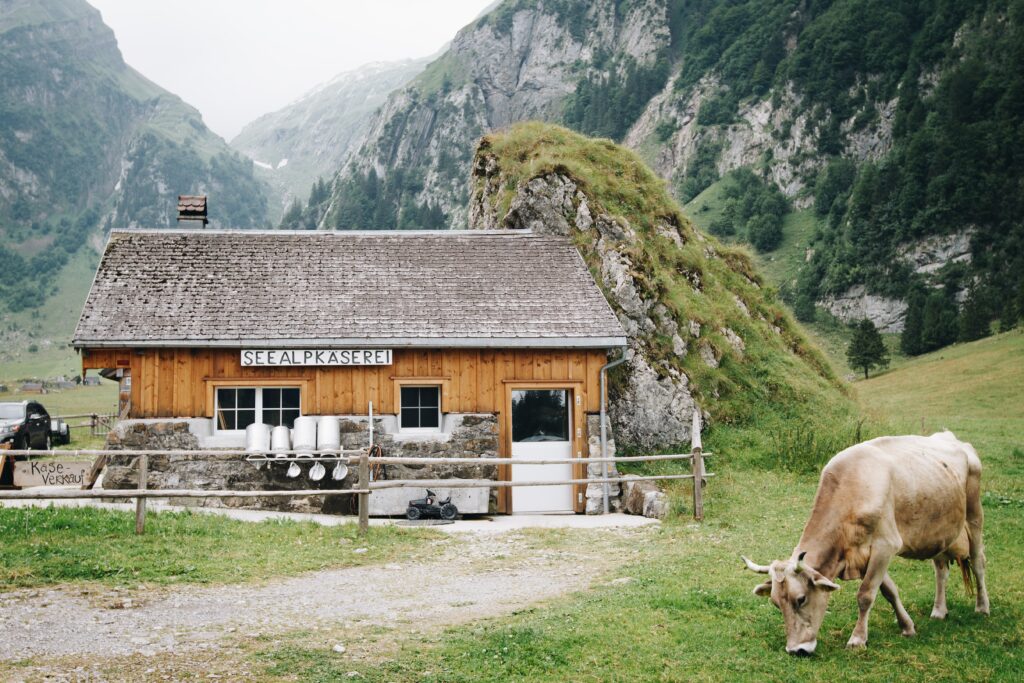jeu, Juil 7th 2022
Climate change, war, plague – the future feels more and more uncertain, especially when it comes to food security. Writing for The Local recently, expat and author Clare O’Dea explores if Switzerland is up to the task of feeding its future population.

Tree fruits like apples is one of Switzerland’s biggest and most predictable crops.
Faced with a growing global population, the climate crisis and increasingly degraded agricultural land, the challenge of how to feed the world in the near future is one of the burning issues of the day.
Russia’s invasion of Ukraine has created a multitude of additional food security problems, contributing to already rising global food prices and rising input costs for agriculture, such as energy and fertilizers.
Les 79-page Swiss strategy document outlining the country’s agricultural policy, like most such publications, does not look beyond 2050. But this is just the point when climate change and increasing demand for food are expected to intensify.
Should we be alarmed?
One thing the Covid-19 pandemic showed was that not all countries are equally affected by a global crisis. Money is usually the main protection against disaster, but leadership, preparedness, and the ability and willingness to respond quickly are also important. For domestic food production over the next two to three decades, hope still rests on two main pillars – boosting productivity in a sustainable way, and changing consumer behavior. There’s not much else that can be done.

A harvester combine in Switzerland prepares for a new planting of lettuces.
The bad news is that the Swiss population is not eating a well-balanced diet and the average intake of calories is too high.
People are not eating enough dairy products, pulses, fruit and vegetables and consuming too much meat, sweet things and alcohol.
We all know this. But did you know how harmful this love affair with our stomachs is?
The strategy document spells it out: “The environmental impact of consumption could be halved if people adopted a healthy diet, based on the nutritional recommendations.”
With a different portfolio of food grown in Switzerland corresponding to a healthier diet, the self-sufficiency rate would increase too. Consumer behavior is changing but not radically or quickly enough. It’s hard to see the harm being reduced without enforced measures of some kind.

Grapes grown in Switzerland are overwhelmingly used for wine and not for raw consumption.
Another crying shame of our food system and lifestyle is that a third of the food produced by farmers ends up being wasted between field and fork. All that energy, money and ecological impact for nothing.
Although food self-sufficiency carries its own risks – vulnerability to local shocks, extra pressure on the environment – being too reliant on imports is not ideal.
Overall, the EU is a net food exporter. But the Swiss government has made it clear that Switzerland will continue to rely significantly on imports for the foreseeable future. One simple reason is the limited availability of agricultural land. Currently 36% of Switzerland’s land surface is given over to agricultural production and pasture. Farmers have to compete with growing urbanization and, of course, the non-negotiable presence of the mountains that cover 60% of the land’s surface.
During the Covid-19 pandemic we saw that money can, up to a point, buy you health. Switzerland nabbed so many of the globally available vaccines that it has had to donate or destroy surplus. Money can also buy you food, and this, along with proximity to supply, puts Switzerland is a rather secure position.
In fact, Switzerland came fifth out of 113 countries in the Global Food Security Index which considers the issues of food affordability, availability and quality, as well as natural resource and resilience. By which we could conclude that everything is under control
The victims of this year’s global food crisis – the 323 million people who will become acutely food insecure, according to the UN – live in the countries that routinely appear at the bottom of such indexes.

One of Switzerland’s traditional farm shops — an “alpenkase” — sells locally produced items such as butter, cheese and milk to tourists and hikers.
Nevertheless, according to the Swiss agricultural research body Agroscope, we should not feel a false sense of security. Apart from dependence on foreign countries and climate change, power supply is one of the key threats to Swiss food supply.
In its latest annual assessment of threats to food supply, Agroscope wrote that the probability of and the potential damage from a serious power shortage are particularly high compared to other risks.
“Supplies of vital foodstuffs would be massively affected, the effects would be manifold, and would not be overcome quickly.”
If the worst comes to the worst, Switzerland stockpiles compulsory stocks of essential goods for bridging in case of crisis and shortages. Mandatory storage facilities around the country hold three to four months’ worth of basic foodstuffs like sugar, rice, cooking oils, cereals and animal feed.
Is that reassuring? Three months doesn’t feel like a lot.
These stocks are only released when the economy itself is no longer able to satisfy demand. In any case, Agroscope says “household emergency stocks are of great importance.”
I don’t know about you, but I’m off to the supermarket.
Reprinted from The Local.
